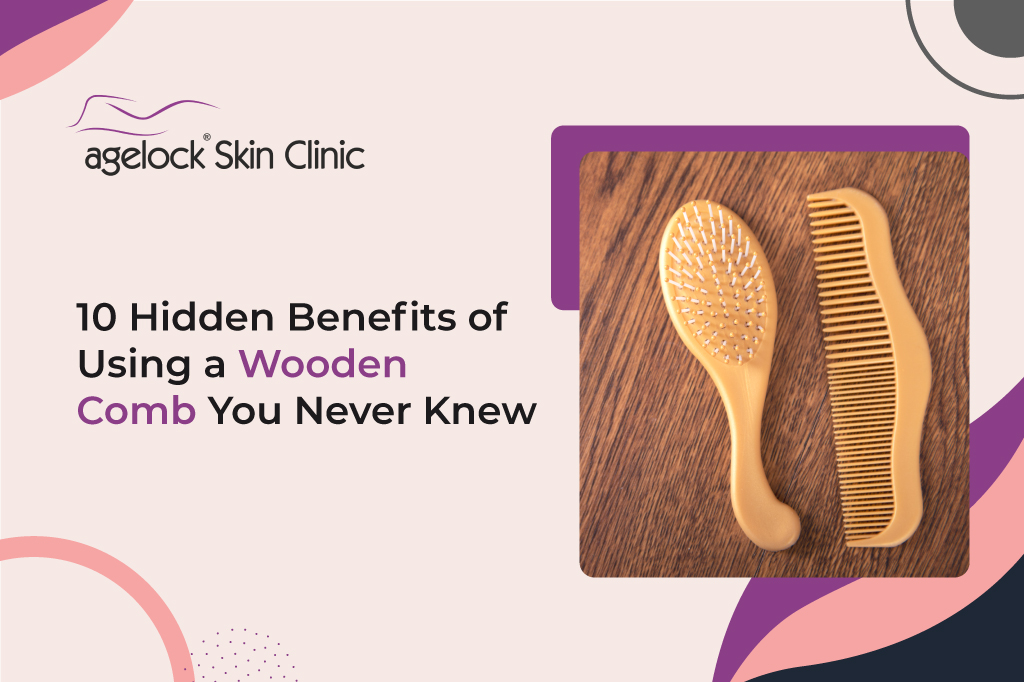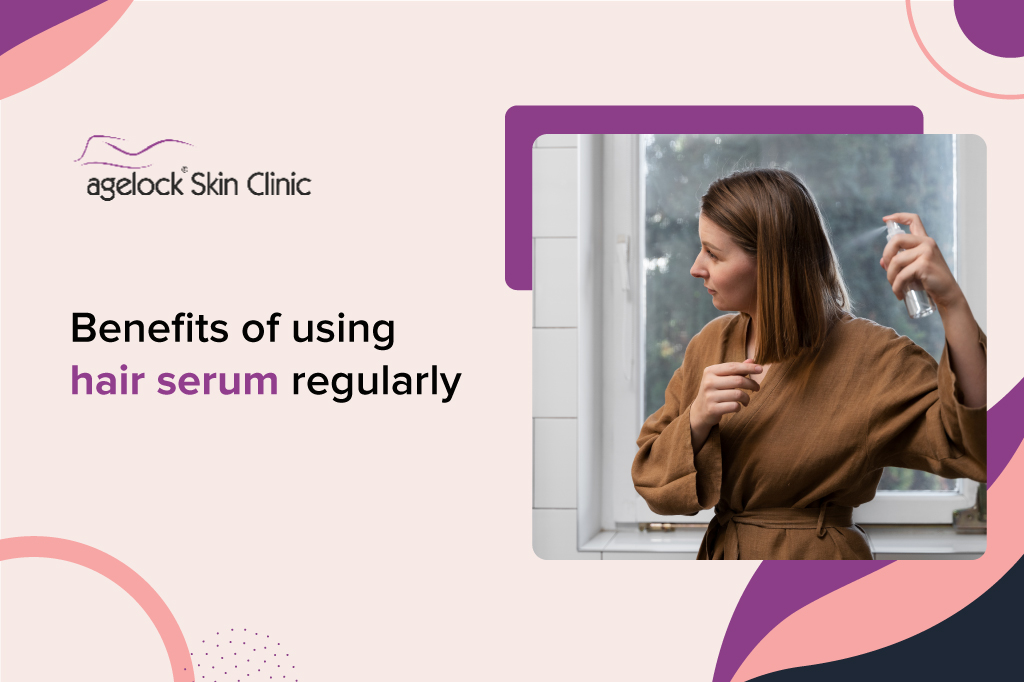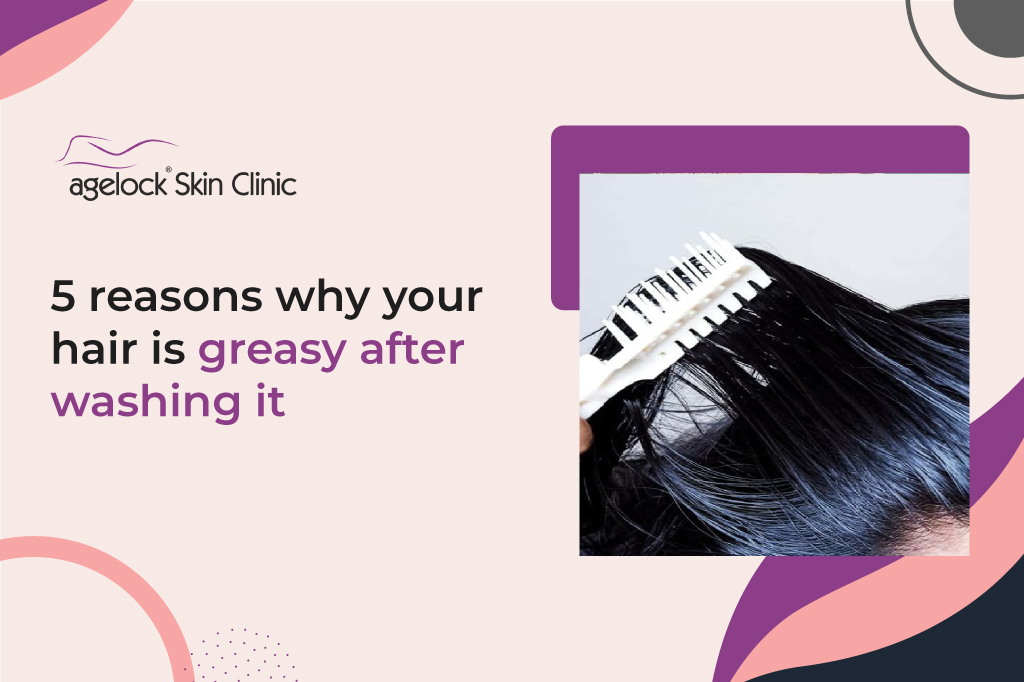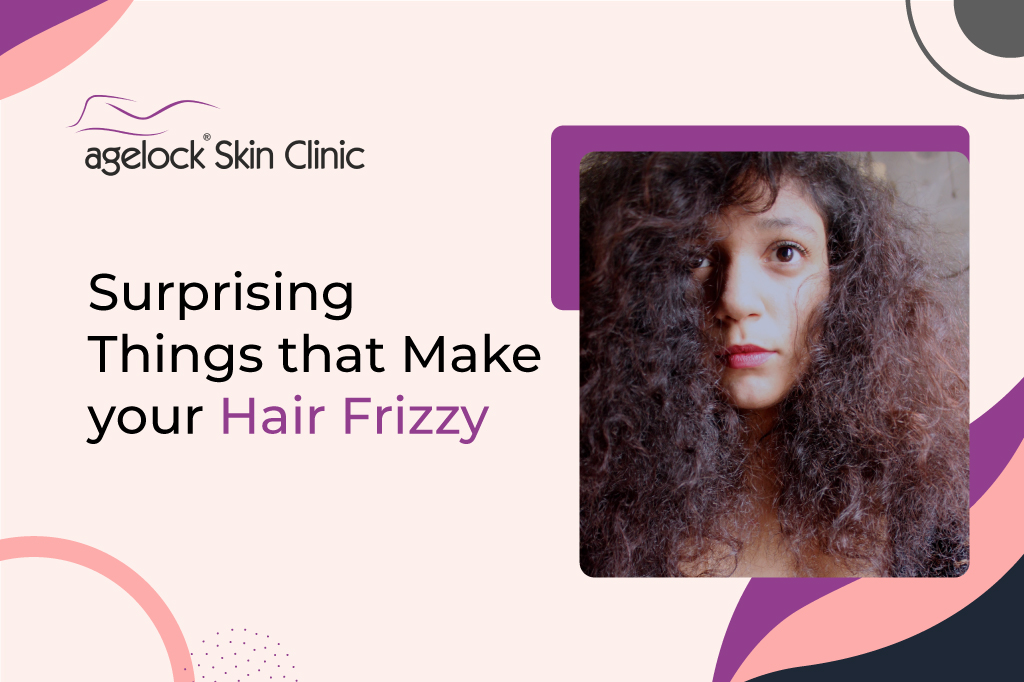In males, androgenic alopecia, often known as male pattern baldness, is the most typical hair loss. Male pattern baldness will have some impact on more than 50% of all males over the age of 50, according to the U.S. National Library of Medicine (NLM).
There are treatments available even if you don’t need to stop this kind of hair loss. Treatment can stop future hair loss, and some men even see some hair growth. Men who begin therapy as soon as they notice hair loss typically see the best outcomes.
Causes of Male Pattern Baldness
Genetics, or having a family history of baldness, is one factor that contributes to male pattern baldness. Male sex hormones known as androgens have been linked in studies to male pattern baldness. The androgens offer a variety of purposes, that also includes controlling hair growth.
There is a growth cycle for each hair on your head. With male pattern baldness, the hair follicle shrinks and this development cycle starts to weaken, resulting in the production of shorter and finer hair strands. Each hair’s development cycle eventually comes to an end, and no more hair can grow in its place.
Male pattern baldness that is inherited often has no negative effects. However, more serious illnesses including certain malignancies, medicines, thyroid issues, and anabolic steroids can also contribute to baldness. If you have hair loss following the use of new drugs or when symptoms worsen, it’s always advisable to consult your dermatologist at the earliest.
Treatment for Androgenic Alopecia
1) Minoxidil
A topical drug called minoxidil (Rogaine) is applied to the scalp. For some men, minoxidil reduces hair loss and encourages the growth of new hair follicles. It might take between four months and a year for minoxidil to show benefits. Frequently, hair loss returns when you stop using the medicine.
Dryness, irritability, burning, and scaling of the scalp are among the potential adverse effects of minoxidil. If you have any of these severe side effects, you need to see a doctor right away:
- Gaining weight
- Face, hands, ankles, or abdominal swelling
- Breathing difficulties when lying down
- Quick heartbeat
- A chest ache
2) Finasteride (Propecia, Proscar)
An oral drug called finasteride (Propecia, Proscar) can slow some men’s hair loss. It functions by preventing the synthesis of the male hormone that causes hair loss. Compared to minoxidil, finasteride has a better success rate. Hair loss resumes after you stop using finasteride.
Before you notice benefits, you must take finasteride for three months to a year. After a year, if there is no hair growth, your doctor would probably advise you to stop taking the medicine. The following are finasteride side effects:
- depression\sitching\srash\shives
- breast sensitivity
- breast expansion
- swelling of the lips or face
- unpleasant ejaculation
- difficulties obtaining an erection and testicular discomfort
Finasteride can, however rarely, result in breast cancer. If you have any breast discomfort, stop using finasteride immediately and consult your doctor.
3) Platelet-rich plasma (PRP)
Although PRP is not a long-term fix, follow-up procedures might help you keep your results.
For better outcomes, PRP can be used alone or administered prior to a hair transplant.
Your blood would be extracted in a very little amount and put into a device that separates your plasma from your red blood cells.
Then your scalp receives an injection of your plasma. This takes ten minutes or so.
You’ll need to come back for further injections. You come back once per month for the first three months. Once every three to six months after that, you return.
PRP has the potential to slow hair loss within a few months. Some patients see a thickening of their hair shortly after.
4) Hair Transplant
There are various techniques to perform a hair transplant, which involves moving hair from one area of your head to another. The most typical method is grafting. You must have thicker hair on your head in certain locations in order to qualify. There are several causes of permanent hair loss, including different alopecias.
The medical professional removes grafts, or tiny pieces of skin, from body parts with healthy hair. The donor site is what healthcare practitioners refer to here.
The area with the thickest hair is often on your head, near the rear of your scalp. The medical professional places the grafts in the bald areas of the scalp. The transplanted skin should continue to develop hair once it has healed.
Bottom line
Making an appointment to see a dermatologist might be a fantastic place to start if you want to do something about hair loss. What kind of hair loss you experience can be determined by a dermatologist.
What outcomes you might anticipate from therapy can also be discussed with a dermatologist. A dermatologist can discuss with you the solutions that will help you see the most progress if you wish to treat hair loss. We at Agelock have mastered the art of practicing the best hair transplants and also provide a variety of treatments for your hair fall based on the degree of the condition.























